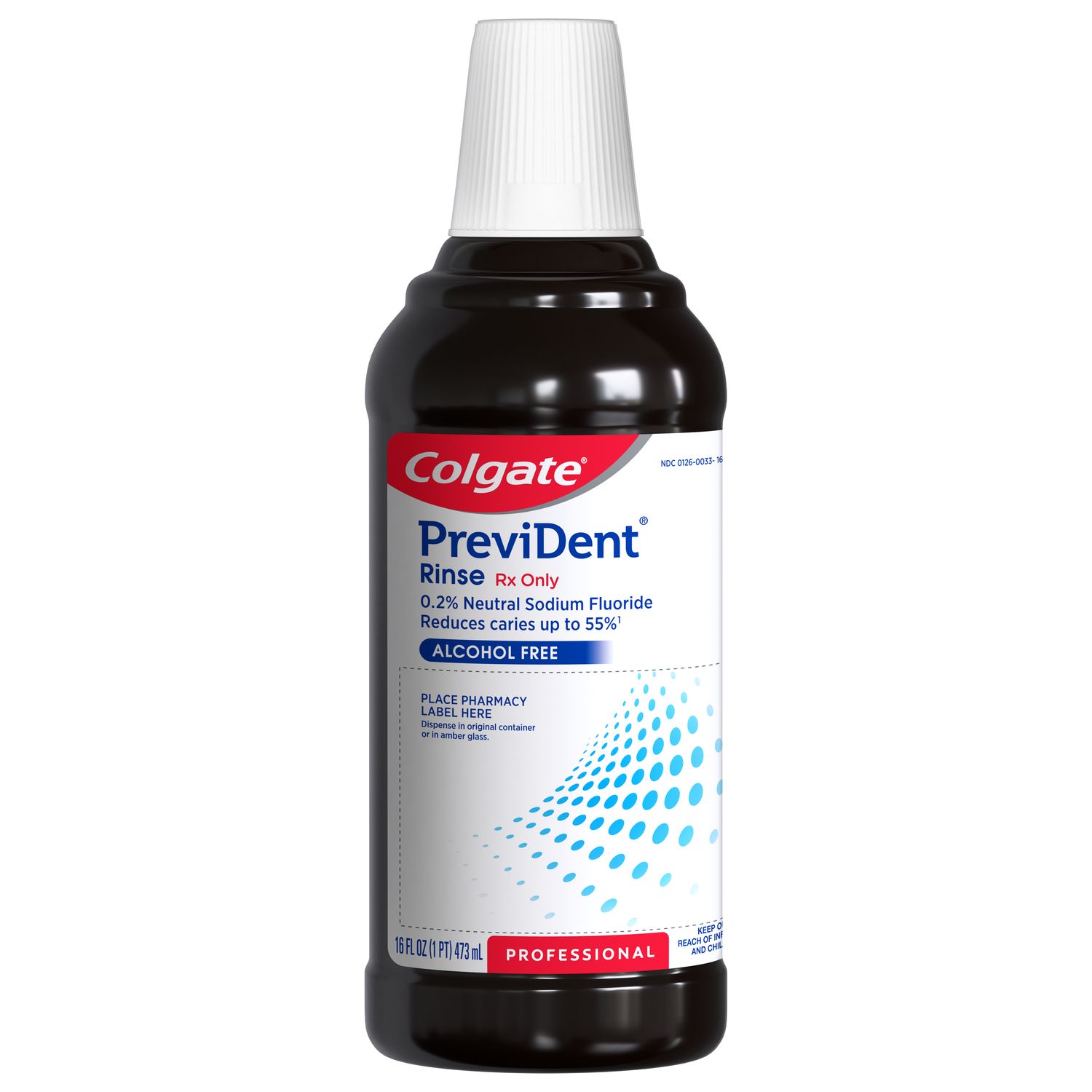What Is Leukoplakia?
Leukoplakia is a condition in which thick, white patches or lesions appear within the mouth — typically on the gums or inside the cheeks — and is caused by excess cell growth. The sores can vary in appearance but are typically white or gray, and have thick, raised edges with a hard surface. These lesions usually appear within the mouths of smokers or users of smokeless tobacco, but they can also be a symptom of poorly fitting dentures or a sign of someone who habitually chews on the inside of their cheek.
Leukoplakia Signs and Symptoms
While not normally dangerous (most patches are considered benign), a small percentage of leukoplakia instances show early signs of mouth cancers appearing next to the growths. If you notice a sudden blossoming of these growths within your mouth, you should immediately contact your dentist for advice and treatment.
Other symptoms include gray patches that cannot be wiped or scraped away, areas that are irregular or flat-textured (as well as those that may feel thickened or have hardened), or even the appearance of raised, red lesions (called erythroplakia), which are the most likely to indicate precancerous changes occurring in the mouth.
Hairy Leukoplakia
There is another form called hairy leukoplakia that, like oral thrush, affects those with weakened immune systems more adversely. Hairy leukoplakia creates fuzzy, white patches that can be mistaken for oral thrush. Hairy leukoplakia is a result of infections stemming from the Epstein-Barr virus (EBV), which remains in the body for your lifetime. While normally dormant, the virus can be activated (or reactivated) due to the weakening of the immune system.
Parts of the population living with HIV/AIDS are far more likely to develop this type of leukoplakia because of their immunity deficiencies. According to Johns Hopkins, as many as 25 percent of HIV-positive people are affected by hairy leukoplakia. Its appearance may mean one of two things — that the HIV is spreading within the body or that their antiretroviral therapy is losing its efficacy in fighting on behalf of the weakened immune system.
While it’s not painful and might not lead to cancer, hairy leukoplakia still may indicate an HIV infection or AIDS. Even once the patches of leukoplakia have been removed, there is still a risk of experiencing some type of oral cancer in the future, so it’s best to remain vigilant about your mouth’s environment until your dentist has given you the all-clear.
Talk to Your Dental or Medical Specialist About Leukoplakia
If you think you see evidence of leukoplakia, consider a visit with your dentist or primary care physician. It’s possible you may also be referred to an oral surgeon (or otolaryngologist) to be diagnosed and receive treatment.
Before your appointment, write down any questions you might have, e.g., what can be done about it? Will surgery be required? How long should you expect it to last? Is there medication you can take?
Note any behavioral changes you’ve made around the time the patches appeared, such as changes to your eating or oral habits. If these changes have negatively affected your condition, altering those habits may help alleviate the symptoms (though it won’t be a cure-all).
Your doctor or dentist will also have questions for you so they can pinpoint behaviors or changes in habits that may be affecting your condition. Answer as candidly as possible to ensure that your doctor can get you the most effective treatment as quickly as possible.
Testing and Diagnosing
Diagnosing leukoplakia involves your dentist or medical professional first examining your mouth and ruling out any and all other possible causes. Your dentist or medical professional will rule out early signs of cancer, which may include:
- Tissue Sample for Biopsy — A small piece of tissue will be removed from any one of the lesions and will be sent out for testing.
- Lab Analysis of Tissue — The testing lab will have a pathologist inspect and examine the piece of tissue for abnormal cells (carcinoma) that have appeared.
- Excisional Biopsy — An excisional biopsy will occur if initial tests come back positive. In this instance your dentist will remove one of the lesion patches in full (if it’s small) or send you to an oral surgeon for one that’s larger and may require a more skilled hand.
Treating Leukoplakia
Leukoplakia can be treated by two types of medications: systemic and topical.
If your dentist recommends a systemic medication, they will prescribe an antiviral medication like Valtrex or Famvir. While the virus that causes leukoplakia never leaves the body, its spread can be halted. Regular treatment can clear up the leukoplakic patches, but they may return without regular treatment.
If your dentist recommends a topical medication, you could be dealing with a podophyllum resin solution or a retinoic acid. Both are applied topically to the patches, but as with systemic treatments, the patches can return if the topical medications aren’t used regularly and consistently.
Preventing Leukoplakia
- Avoid Tobacco Use — Avoiding smoking or chewing tobacco products is one of the best things you can do for your oral health. Your doctor has access to smoking cessation programs (or even medications) that can help you kick the habit and keep your mouth healthy. If you’re a habitual user of tobacco (particularly the smokeless kind), get regular dental checkups to prevent any patches from suddenly appearing.
- Avoid Alcohol — If you’re a heavy drinker, find a way to limit your intake. Drinking alcohol can make it easier for leukoplakia and oral cancers to emerge within the oral tissue found within the mouth.
- Better Nutrition — Eat more fresh fruits and vegetables. They’re rich in antioxidants, which deactivate harmful molecules before they can damage tissues, making them ideal foods to eat to help reduce the risk of leukoplakia.
If you recognize the signs or symptoms or leukoplakia in your mouth, contact your dentist or primary care physician so you can start getting the proper treatment to keep leukoplakia at bay.
This article is intended to promote understanding of and knowledge about general oral health topics. It is not intended to be a substitute for professional advice, diagnosis or treatment. Always seek the advice of your dentist or other qualified healthcare provider with any questions you may have regarding a medical condition or treatment.
ORAL HEALTH QUIZ
What's behind your smile?
Take our Oral Health assessment to get the most from your oral care routine
ORAL HEALTH QUIZ
What's behind your smile?
Take our Oral Health assessment to get the most from your oral care routine















